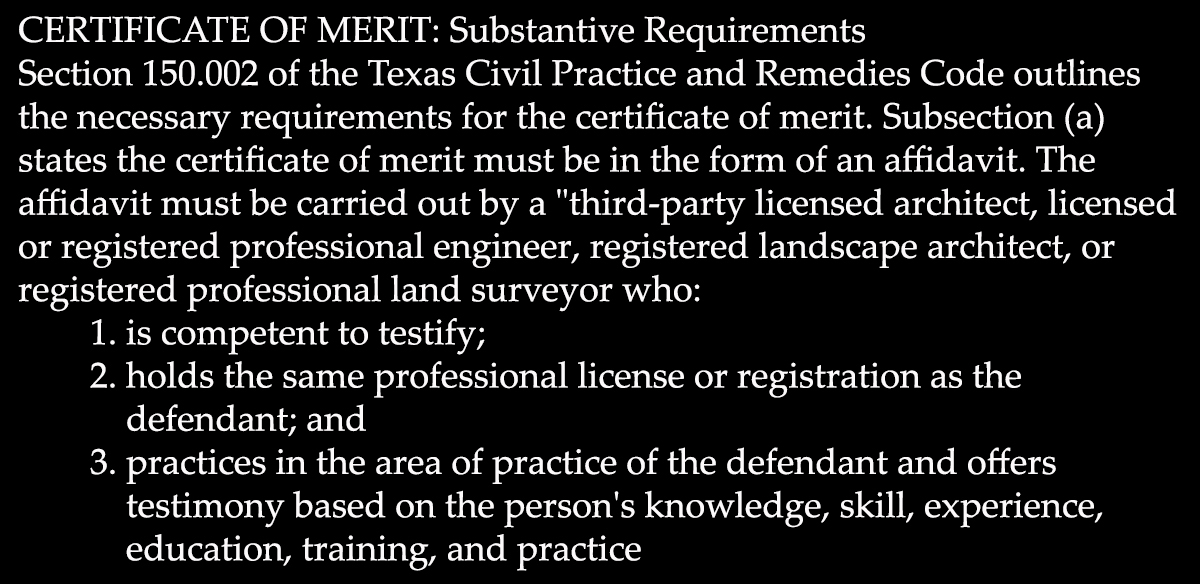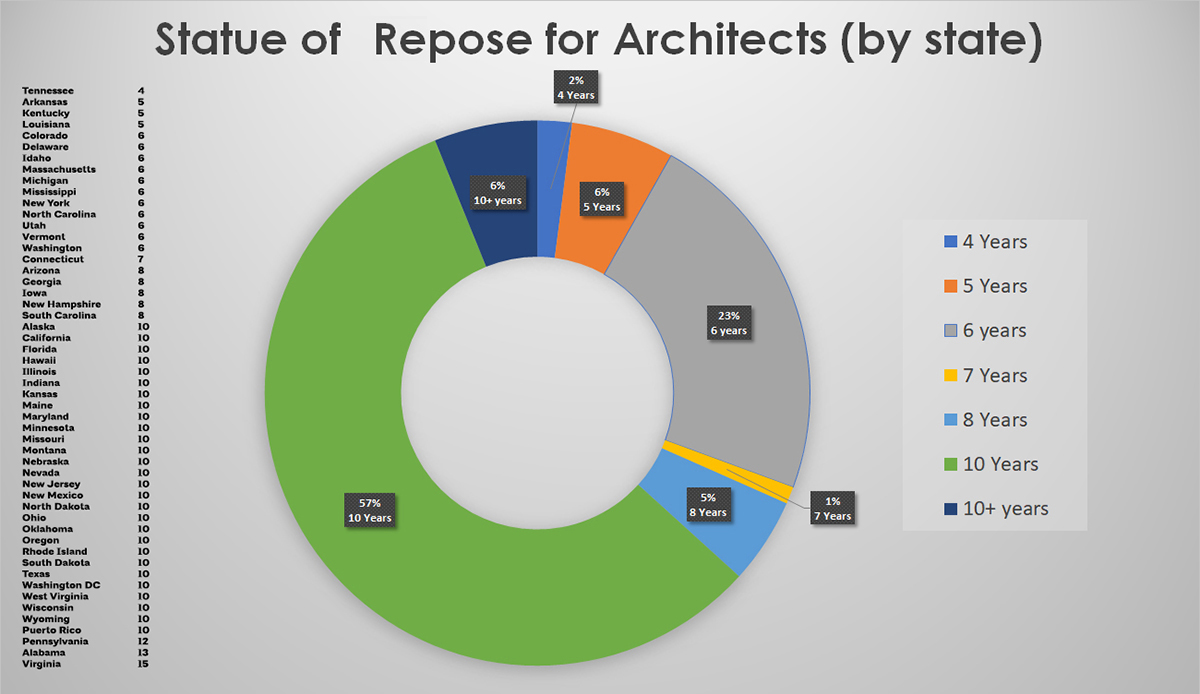We have been speaking a great deal recently about the architects’ liability and how that can possibly lead to a lawsuit. Since I went through my first mediation today on one of my “money-grab” lawsuits, I decided to write about this issue. I am going to try to keep this informative and not fall into complaining about the system. But I will mention this once upfront and then let it go… the system is broken in many ways and it is not fair to anyone in the process in reality, but most definitely not anyone on the AEC side of a lawsuit.
So let’s talk about the process a little. As a note, I will be talking about how this process works in Texas, which is similar in most states, but there are differences between all states. Another note; just in case you did not know this, I am not an attorney, lawyer, or certified in any legal capacity so please do not think of this as legal advice. I will not be giving any in this post, but certainly do not take it that way. Also, I am not going to get through all of this process in one post, and to keep you from dying of boredom, I will hit a few points only.

Two Main Issues for Design Lawsuits
So first off, someone has to file a suit against you as a designer. Most of the time the lawsuits against architects are filed by the clients. This is not always the case, but a vast majority of the time this is true. This is mainly due to the fact that the only legal contract we have is with our clients, but there are typically two issues that bring legal actions to bear on our profession. One is an alleged “design defect” causing property damage and the second one involves something about the design that causes personal injury or damage. The property damage (as one might expect) deals with mostly the building itself. It could be other things “associated” with the building, but all physical elements. These claims state there is something wrong with the building and it needs to be corrected, has caused property damage, or will cause it in the future. This is probably the biggest area of legal action against the AEC industry. The clearest and easiest situation to understand is a leaking roof. So a roof begins to leak and then the owner decides (or is convinced by legal counsel) that this is a defect in the design or construction of the project. So they file suit and start the process.
The second is about something with the building that caused personal harm to somebody or bodies. The easiest way to think of these is like the “slip and fall” cases. Sometimes these actually do make it to the design team for various reasons. This one happens less often but does still occur. It could be a slope that was “too steep” and thus a fall or even to the point that someone falls off a roof or falls through a roof. But I hope you can get the idea; a person is injured in some manner.
 Certificates of Merit
Certificates of Merit
I am only really aware of the first type here. So that is what I wanted to provide information on. In order for a suit to be filed, there must be a Certificate of Merit. Take note, not every state requires this to file a lawsuit against a design professional. As of April 2019, only 13 of the 50 States have this requirement. So this Certificate of Merit (COM) is generally defined as a sworn statement from a neutral, independent party who practices within the same design profession and confirms that the claim against the design professional is legitimate. The idea is to provide licensed registered professionals with early protection against meritless claims.
Now there have been recent changes in Texas to this law that I am aware of that should help protect design professionals and may limit the ability to generate Certificates. Effective September 2019, Texas law changes some verbiage in the requirements for who can provide a COM for a suit by changing one word from “knowledge” to “practices”. This changes the requirement for the person who is the author of the COM from someone who has “knowledge” of the licensed professional to someone who is “practicing” the same work as the licensed professional. This essentially puts more burden on the authorship of the COM to be someone who understands and is actually working in the same conditions of practice as the person they are calling out as “defective”. While this is a very new change and its full legal interpretation has not been fully tested yet, it does seem to be a step in the right direction. It seems very reasonable that the person who is claiming that there has been “wrong-doing” by another has been working in the same type of circumstances to understand. Prior to this, it was usually acceptable for any licensed professional to make a COM “against” any other licensed professional of the same type. This means any licensed architect could write a COM against any other architect. Regardless of their actual work or industry experience. Now that seems to possibly be changing. This applies to all licensed professionals in the state of Texas like architects, engineers, landscape architects, surveyors, et al. I think this is a good move for all design professionals.

Statutes are all about time
Two other big terms to understand in most design litigation are the Statute of Repose and the Statute of Limitation. Both of these vary by state. The Statute of Repose is defined as a hard deadline on the time window, in which a claim can be made against the architect. In most cases, this is from the time of substantial completion, but in some states that vary and could even be the design completion date. The Statute of Repose is a time frame that is typically longer than the Statute of Limitations. Refer to the graphic for a very general breakdown of this idea. Now I must admit for some states this gets very tricky and foggy, so my information may not be 100% accurate. Some states do not even have a Statute of Repose exactly and rely on other legal terms and concepts for what is allowable. As an example, imagine leaky roof damages a building in some way and this occurs after a 10 Year Statute of Repose, well the owner has no right to take the architect to court. But if this happens at 9 years and 10 months then the claim is allowable. Don’t get me started on this idea that it can take 10 years for a design defect to reveal itself. That’s another soapbox! Also, please realize this is not black & white, but generally speaking, this is how this is supposed to work.

Now the Statute of Limitations is a separate time frame but works somewhat in conjunction with the Repose. The Statute of Limitations is usually a shorter time in which after the “discovery” of defect, the party has time to act upon this. So, this can somewhat extend the time frame in some states as they can be “added” together, but in others, the Repose is a hard stop. So we discover the leaky roof before the 10-year Statute of Repose, well there is still a time limit with which I can take action. This is a shorter time of typically two to four years. If no action has been taken after that time, then it is essentially forfeit for any claim to be made. Now again, this varies by state and the intricacies can get pretty tangled, but as a general rule, this is the idea. The Statute of Limitations seems to come more into play in personal damage cases, I think. Let’s say someone falls through your super-cool glass-walled conference room on a project, well they have 2 years to file suit against you for this damage from the date of the incident. After that, they are not legally able to do so. In some states, the Repose timeline is a hard stop; meaning if there is a 10-year limit and the “defect” is discovered in year 9, well you have one year to deal with it even if the Limitation is 4 years. It can get pretty complicated very quickly.

Well, I think I have maybe bored you all with enough of this legalese gibberish for one post. The real point of this was to hopefully expose you to some terms and concepts that you may not be aware of and hopefully, you never need to be. I may come back and visit this again to talk more about the process and what I have learned through all of this, but I must admit it is difficult to discuss and even more so to discuss and not get angry. The circumstances would blow your minds. This has just been on my mind quite a bit recently due to the two current lawsuits that have been ongoing since the summer of 2018. FYI that is ridiculous, but out of my control.
Until next time,

